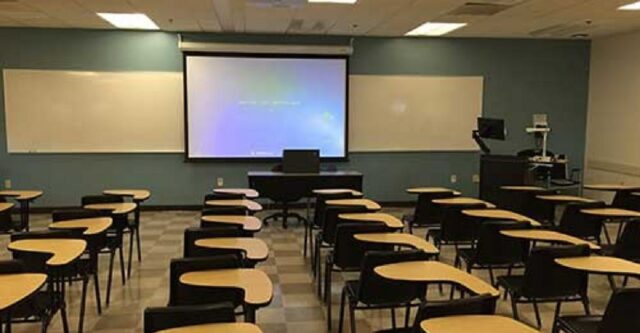
Classroom equipment means a durable school-owned machine, equipment, or tool used by a student as part of an activity, course, or program in a secondary school. The Board agrees to keep the schools reasonably and properly equipped and maintained at all times, Blended learning, mobile learning, connectivism, and other increasingly popular ideas all owe their existence to technology. The effective use of digital learning tools in classrooms can increase student engagement, help teachers improve their lesson plans, and facilitate personalized learning. It also helps students build essential 21st-century skills.

Smart Board: Technology in the classroom has expanded generously over the last ten years. Most classrooms today have some type of Epson projector or SmartBoard technology. Both technologies allow teachers to project content from their desktop computer onto the whiteboard and or SmartBoard.
When using a Smart Board or other interactive whiteboard, the students can come up to the board and interact with the content using specialized markers that are provided.

Projectors: One of the first pieces of technology to enter and reshape the classroom was the projector. Digital projectors have paved the way for new learning experiences and offer the means to reach students in different ways. Classes can display live, engaging information rather than students flicking through outdated books and printouts.
As projectors have advanced, they have become extremely easy to use; there is no longer a need for IT specialist knowledge to connect a projector to a laptop. As well as being user-friendly, projectors can also troubleshoot themselves if a problem occurs.

Computer or Laptop
This goes without saying, but it’s worth mentioning anyway. Outside of the multimedia projector, this is possibly the most functional and necessary piece of technology in today’s classrooms. Computers, or electronic devices that we use to view, store, send, and receive information, not only help with presenting lessons but also with management and organization.

Your computer will be used for preparing lesson plans, completing your grade book, checking email, making posters, preparing letters, and so on. The computer also serves as the main connector to all of your other technology. You can also allow students to use computers to create projects or papers, and practice important skills using math and reading programs.
AIRCONDITIONERS
There’s nothing worse than being stuck in a hot classroom – whether you’re the teacher or the pupil. This results in poor concentration levels among students, and higher levels of irritation and frustration which can lead to disruptions. The last thing you want is for lessons to be canceled, interrupted, or cut short as a result of the weather.
Air conditioners keep classrooms at a comfortable temperature, which helps improve focus and productivity. Additionally, the benefit of putting an Air Conditioner in the classroom is for Comfort, Concentration, and Flexibility.











